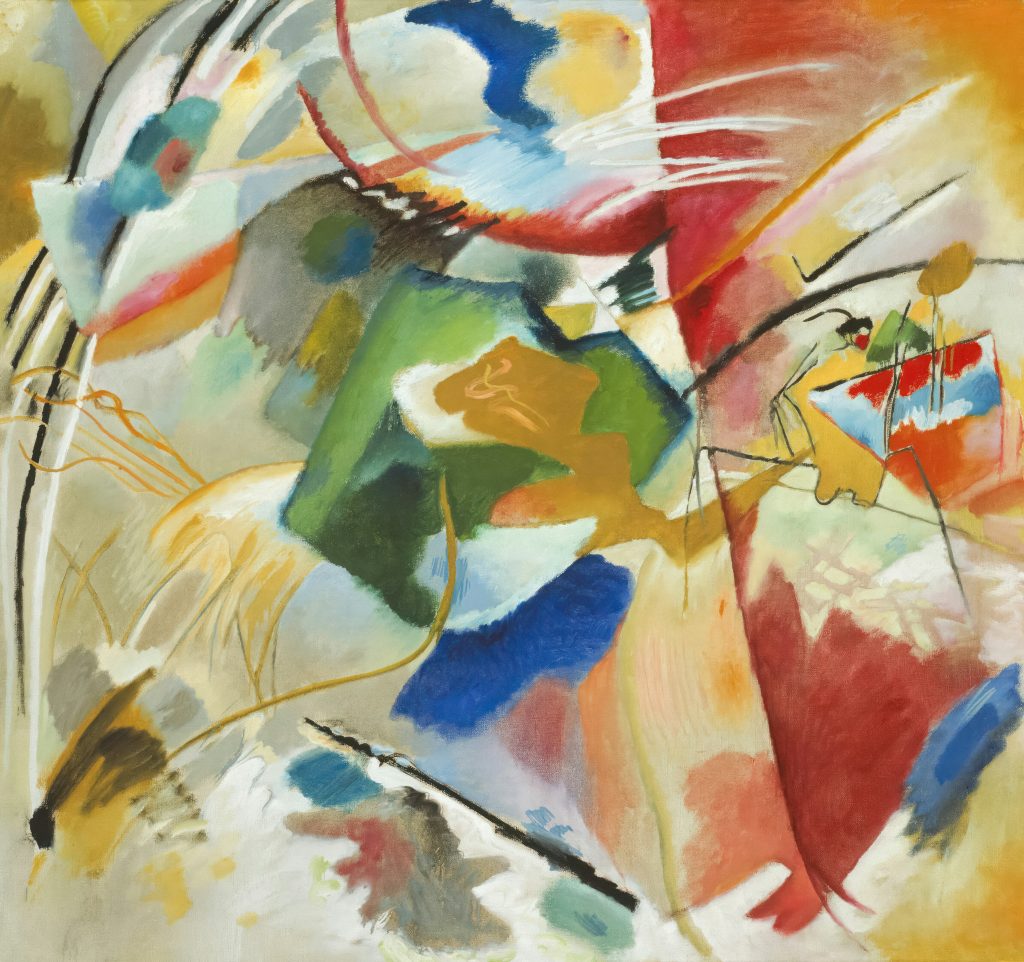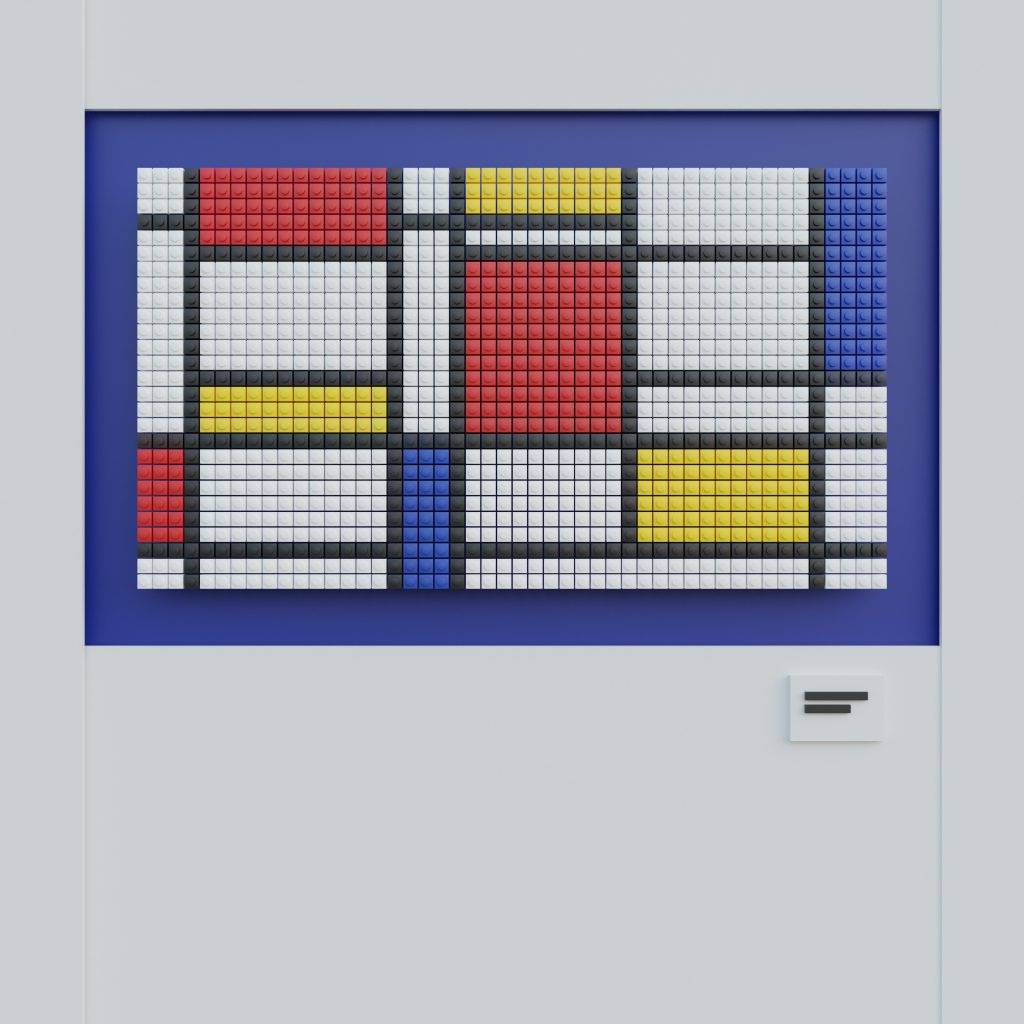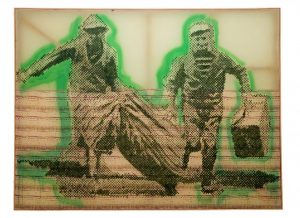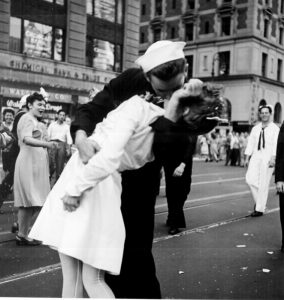
Abstract art emerged in the early 20th century, challenging traditional perspectives and redefining artistic boundaries. Unlike representational art that presents recognizable subjects, abstract art uses shapes, colors, forms, and gestural marks to achieve its effect. The movement aimed to express the artist’s inner experiences rather than concrete realities, often evoking deep emotional responses. This article explores ten of the most famous abstract paintings, highlighting their significance and the artists behind them.
1. Wassily Kandinsky’s “Composition VII” (1913)
Wassily Kandinsky is often credited as the pioneer of abstract art. His masterpiece “Composition VII” epitomizes his exploration of color and form as vehicles for emotional and spiritual expression. Created in 1913, this vibrant, chaotic explosion of colors and shapes is considered one of his most complex works.
“Composition VII” is a culmination of Kandinsky’s theories on art and spirituality. He believed that art should transcend material reality and resonate with the viewer’s soul. The painting is a visual symphony, capturing a sense of dynamism and movement through its swirling forms and contrasting hues.
2. Piet Mondrian’s “Broadway Boogie Woogie” (1942-43)
Piet Mondrian’s “Broadway Boogie Woogie” is a quintessential example of geometric abstraction. Inspired by the vibrant energy of New York City and the boogie-woogie music he loved, Mondrian created this work using a grid of primary colors intersected by bold, rhythmic lines.
The painting reflects Mondrian’s mature style, where he abandoned representational forms in favor of pure abstraction. “Broadway Boogie Woogie” captures the pulsating rhythm of urban life, illustrating how abstract art can convey the essence of an experience without depicting it literally.
3. Jackson Pollock’s “No. 5, 1948” (1948)
Jackson Pollock revolutionized abstract art with his drip painting technique, epitomized in “No. 5, 1948.” This large canvas is covered in a dense web of dripped and splattered paint, creating an intricate and chaotic surface that draws viewers into its complex layers.
Pollock’s method, which involved dripping paint onto a canvas laid on the floor, allowed him to engage with his work from all angles. “No. 5, 1948” is a testament to Pollock’s belief in the process of creation as an expression of the subconscious mind. The painting’s energetic and dynamic lines reflect the emotional intensity of his artistic practice.
4. Mark Rothko’s “No. 61 (Rust and Blue)” (1953)
Mark Rothko’s “No. 61 (Rust and Blue)” is a striking example of his color field paintings. Rothko’s work is characterized by large, rectangular blocks of color that seem to float against a colored ground, inviting viewers into a contemplative space.
In “No. 61 (Rust and Blue),” Rothko uses rich, luminous colors to evoke a profound emotional response. His use of color and form transcends simple aesthetics, aiming to connect with the viewer’s deepest emotions and existential concerns. This painting, like many of Rothko’s works, is meant to be experienced up close, allowing the viewer to be enveloped by its meditative presence.
5. Kazimir Malevich’s “Black Square” (1915)
Kazimir Malevich’s “Black Square” is one of the most radical and influential works in the history of abstract art. Created in 1915, this painting consists of a simple black square on a white background. Despite its apparent simplicity, “Black Square” represents a groundbreaking departure from representational art.
Malevich described this work as the “zero point of painting,” marking the beginning of Suprematism, an art movement focused on basic geometric forms and pure artistic feeling. “Black Square” challenges viewers to rethink the essence of art, emphasizing the power of abstract forms to convey profound philosophical ideas.
6. Joan Miró’s “The Birth of the World” (1925)
Joan Miró’s “The Birth of the World” is a masterpiece of surrealist abstraction. This painting features a dreamlike array of shapes, lines, and colors, suggesting a sense of cosmic creation and primordial chaos. Miró’s use of automatism, a technique where the artist allows the subconscious to guide the hand, is evident in this work.
“The Birth of the World” showcases Miró’s ability to blend abstraction with surrealism, creating a visual language that is both playful and profound. The spontaneous composition invites viewers to interpret the myriad forms and symbols, making each viewing a unique experience.
7. Helen Frankenthaler’s “Mountains and Sea” (1952)
Helen Frankenthaler’s “Mountains and Sea” is a landmark in the history of abstract expressionism. Using a technique known as soak-stain, Frankenthaler poured thinned paint onto unprimed canvas, allowing it to soak into the fabric and create soft, organic shapes.
“Mountains and Sea” captures the ethereal quality of a landscape through abstract forms and translucent layers of color. This work influenced a generation of artists and helped to establish color field painting as a major movement within abstract art.
8. Robert Delaunay’s “Simultaneous Windows on the City” (1912)
Robert Delaunay’s “Simultaneous Windows on the City” is a vibrant exploration of color and light. Influenced by the scientific theories of color and perception, Delaunay used fragmented, overlapping shapes to convey the dynamic energy of modern urban life.
The painting’s vivid colors and rhythmic composition create a sense of movement and simultaneity, capturing multiple perspectives within a single frame. Delaunay’s work exemplifies the intersection of abstraction and cubism, pushing the boundaries of visual representation.
9. Barnett Newman’s “Vir Heroicus Sublimis” (1950-51)
Barnett Newman’s “Vir Heroicus Sublimis” is a monumental work that epitomizes his minimalist approach to abstraction. The painting features a vast field of red interrupted by narrow vertical lines, or “zips,” which create a sense of scale and tension.
Newman’s work invites viewers to experience the sublime through the purity of color and form. “Vir Heroicus Sublimis” is not just a visual experience but a meditative one, encouraging viewers to confront their own sense of presence and perception within the painting’s immersive space.
10. Cy Twombly’s “Leda and the Swan” (1962)
Cy Twombly’s “Leda and the Swan” is a dynamic and expressive work that blends abstraction with mythological references. The painting’s energetic scribbles and gestural marks evoke the chaotic and violent nature of the myth it represents, while also maintaining an abstract quality.
Twombly’s use of line and form creates a sense of movement and emotion, drawing viewers into the narrative without relying on traditional representation. “Leda and the Swan” exemplifies Twombly’s ability to merge abstract expressionism with literary and historical themes, resulting in a work that is both visually and intellectually engaging.
These ten abstract paintings showcase the diversity and depth of abstract art. From Kandinsky’s spiritual explorations to Twombly’s mythological musings, each work offers a unique perspective on the possibilities of non-representational art. Through their innovative approaches, these artists have expanded the boundaries of artistic expression, leaving a lasting impact on the art world and inspiring generations to come.




